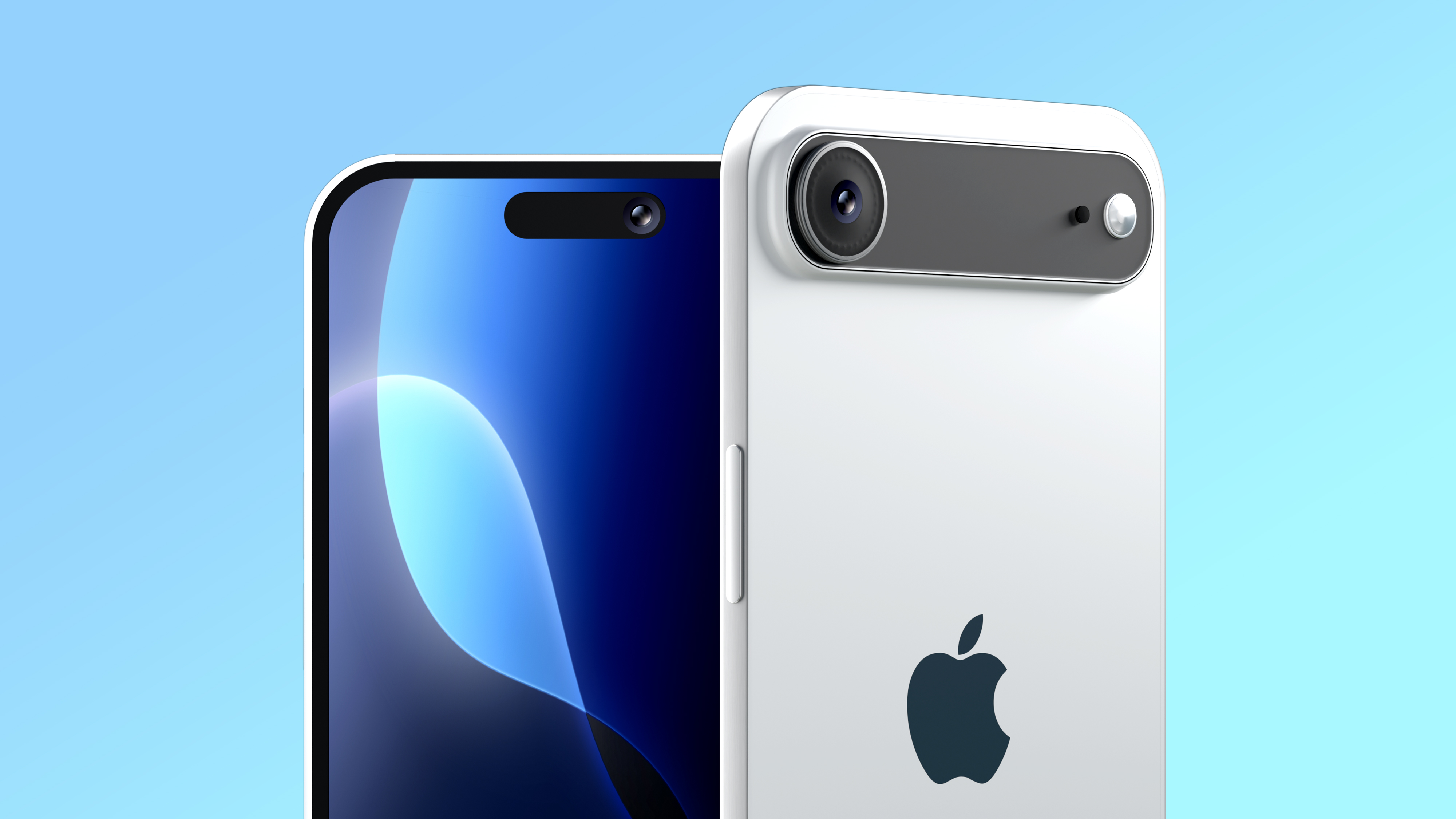Google May Build Bandwidth Throttling Feature Into Android
Google has filed a patent claiming the rights to a technology that integrates bandwidth restrictions inside the software running on a mobile device.

Google's "bandwidth throttling" for mobile devices enables wireless carriers to set usage thresholds for data that is transferred during a certain timeframe and directly react with a bandwidth reduction. When the bandwidth cap is reached, the device can automatically limit the maximum bandwidth to a level that is permitted by the carrier.
Filed in October 2011, the patent clearly speaks toward a trend that sees wireless carriers abandoning unlimited data plans and moving toward tiered data plans that occasionally include bandwidth throttling. In the U.S., for example, T-Mobile leverages bandwidth throttling: The company sells "unlimited plans", but cuts down the bandwidth to a crawl when purchased data limits are exceeded. Google's patent states that the technology is designed to be used during times of network congestion and prevent servers from "crashing".
However, there is also a very distinct note in which Google appears to be bowing to carrier pressure by stating that "the wireless carrier may limit traffic without actively managing or implementing the actual bandwidth throttling" and noting that bandwidth throttling would enable "mobile devices that are more adaptable and pleasing to the wireless carrier."
The upside of such a feature, as opposed to hard caps which automatically purchase another data volume package and potentially surprise the user with a high bill, is that a user may actually notice that an unusually large amount of data is transferred. The technology would also allow for a carrier to offer the user to purchase additional data volume upon request.
Sign up to get the BEST of Tom's Guide direct to your inbox.
Get instant access to breaking news, the hottest reviews, great deals and helpful tips.
Douglas Perry is an author and journalist from Portland, Oregon. His many articles have appeared in the likes of Tom's Guide, Tom's Hardware, The Oregonian, and several newspapers. He has covered topics including security, hardware, and cars, and has written five books. In his spare time, he enjoys watching The Sopranos.
-
stblaise Well I wont buy it....the concept, meaning I will probably not buy the product either. I hate Apple and now this, makes it likely that my next communication system may be POTS or cans and stringsReply -
In b4 delusional SamSUCK / Google kids scramble to defend this! This is the only "innovative feature" Android can claim over Apple,LOL!Reply
-
frozonic ReplyThe upside of such a feature, as opposed to hard caps which automatically purchase another data volume package and potentially surprise the user with a high bill, is that a user may actually notice that an unusually large amount of data is transferred. The technology would also allow for a carrier to offer the user to purchase additional data volume upon request.
companies this days do whatever they can to steal your money -
scythe944 cmg5217Just one more reason to root your phone.Reply
Or move to the last US carrier that allows for unlimited data (sprint), while that lasts anyway.
-
olaf cmg5217Just one more reason to root your phone.Reply
ye was about to say that, I'm sure with rooting you can remove it. -
chriskrawczyk I too will be rooting my phone if this happens! I'm so appalled by this idea I actually created an account (though I've been visiting for years) just to voice my distaste. No way am I going to sit back and take that kind of abuse; as I'm sure many of you won't either. Carriers are dreaming if they think people won't circumvent that right quick lol!Reply
